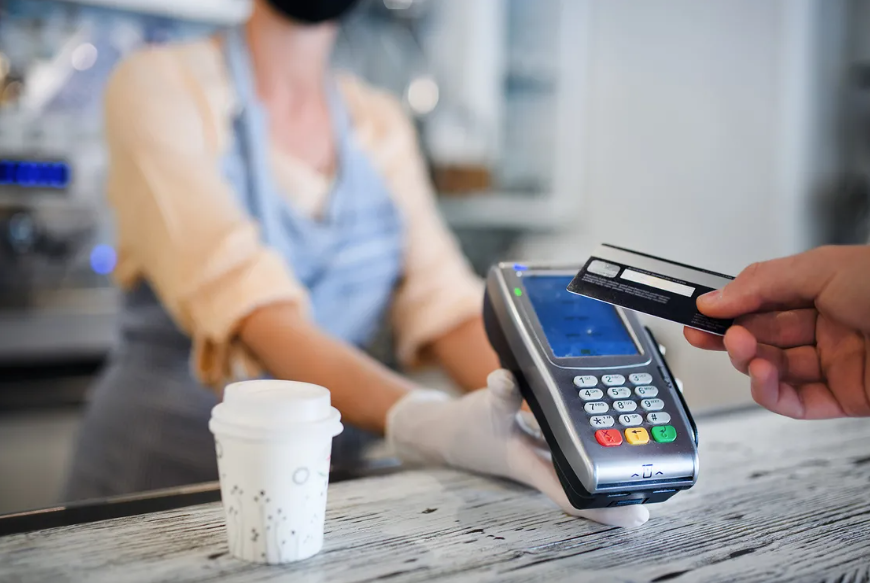New technologies are increasingly imbued in society. The use of innovation tools influences, drives, and transforms the global economy. The Latin American e-commerce market, for example, is growing at a strong annual pace. Between 2017 and 2021, we saw a 22% annual expansion in the region’s markets. What about the future? E-commerce is projected to rise, with an average annual rate of 19% by 2025. The wide range of payment methods – credit and debit cards, digital wallets, BNPL (Buy Now Pay Later), and real-time transfers, among others – pushes the consumer to experiment and adhere to this plethora of new consumption options.
Consumers’ habits regarding the use of technology consequently reflect in the way they make their payments. According to The Global Payments Report 2022, e-commerce in Latin American markets will experience double-digit annual growth by 2025, including the largest markets in the region, i.e. Brazil (18%) and Mexico (17%). The Brazilian market – the largest in the region – exemplifies the upward curve. This year, e-commerce has seen a 16% increase over 2021.
Credit cards remain the main payment method in e-commerce in the region. In 2021, they represented 39.3% of the value of transactions and stood out as the largest presence in the sector in all Latin American markets. In Brazil, there was the highest adherence with 44.7% usage. Debit cards made up another 18.2% of the value of transactions in the region during the year.
Peru and Chile, where the rise of their bankable populations is noticeable, should contribute to the forecast rates of card use by 2025. But even with a 3% reduction in their share, credit cards should remain the leader of e-commerce payments in the region, except in Mexico. In this country, the growing popularity of digital wallets will take the lead in 2024 as the main payment method in e-commerce by share in transaction value.
The adoption of digital wallets is no accident. They allow consumers to securely store payment and transfer credentials for their purchases in virtually every channel where commerce takes place, be it online, in apps, or in physical stores. And, in the case of Mexico, this trend is a reflection of the population’s adherence to this payment method, which in 2021 represented 27% of transactions. And in the next three years, it should reach close to 36% participation. Colombia and Peru are also open to the use of digital wallets, with a tendency to grow 13.6% and 17.8%, respectively, by 2025. In the regional context, the participation of this payment method will be 25% in the next three years.
We also see significant transformations in wire transfers, which made up 9.7% of regional e-commerce spending in 2021, with a similar projection (9.4%) by 2025. However, their use assumes varied trajectories. There is an estimated drop in Peru, from 8.8% in 2021 to 3.8% in 2025, and in Colombia from 16.5% to less than 10% in the same period. In Brazil, with the introduction of Pix instant payment, real-time transfers are forecast to rise from 10.9% to almost 18% by 2025.
Real-time payments are helping to strengthen e-commerce in the region. Argentina and Colombia, which already had established solutions, presented evolutions in their products. Chile took the lead with a 140% increase in transaction volume (almost 2 million per day), with Mexico and Brazil growing at a healthy 66% and 33%, respectively (4 and 5 million transactions per day). In Brazil, all institutions, including fintechs, are being required to participate in Pix if they have more than 500,000 active customer accounts to promote its spread. Latin America is now following the global trend of supporting payments for businesses, corporations, and government agencies through real-time schemes.
Within this broad offering of digital services and products, BNPL – payments that allow consumers to pay for goods and services, either through a single invoice or finite installments – is starting to gain traction in e-commerce. Transaction values remain low – below 1% – but growth rates will be one of the fastest in the world. It is estimated to increase 98% from 2021 to 2025 when it will account for about 2.2% of the value of transactions in Latin American e-commerce.
With this technological revolution in the financial system, which impacts e-commerce, can we say that cash will disappear? Society evolves, renews itself, and has an incredible power of transformation. Cash payments transactions are projected to fall by half by 2025, compared to 3.8% of e-commerce spending in the region in 2021. Fall, yes. Extinction, no. We need paper money to make up this contemporary mix of payment methods, which will always be renewing itself.
This movement in e-commerce associated with the change in consumer habits will certainly bring impacts on the economy, from global to local levels. Each country will perceive the effects of this transformation according to its cultural profile, portfolio of technological products available in the market, and, of course, current economic guidelines. Beyond the specificities of each nation, the fact is that we are opening the way to new times in which innovation and technology permeate different aspects of the social and economic life of the entire society.
Translated from Portuguese by Janaína Ruviaro da Silva











